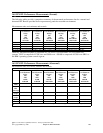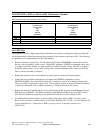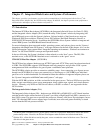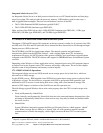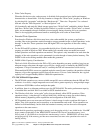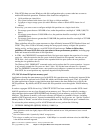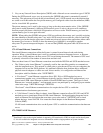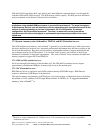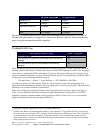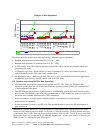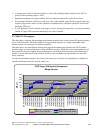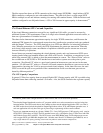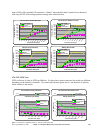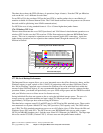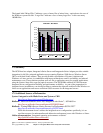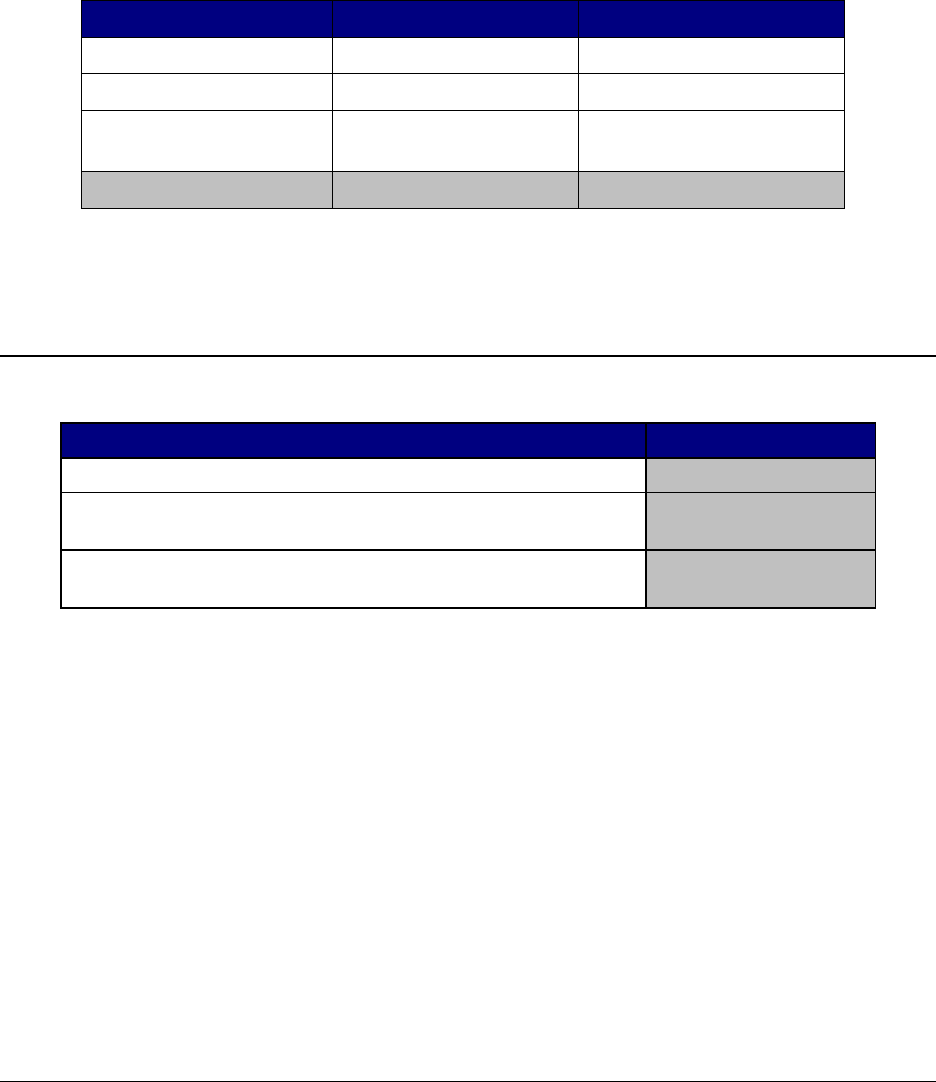
2.5 MBytes22.5 MBytesTotal:
1 MByte
12
0.5 MByteQFPHIS Private Pool:
0.5 MByte1 MByteBase Pool:
1 MByte21 MBytes Machine Pool:
For Each NWSDFor Each Target HBA
Warning: To ensure expected performance and continuing machine operation, it is critical to
allocate sufficient memory to support all of the devices that are varied on. Inadequate memory
pools can cause unexpected machine operation.
17.4 Disk I/O CPU Cost
155IXS/IXA shared or quorum linked disks or write caching
disabled
130IXS/IXA static or dynamically linked disks with write caching
enabled
190iSCSI linked disks
CPWs
13
/ 1k ops/sec
Disk Operation Rules of Thumb
While the disk I/O activity driven by the IXS/IXA or iSCSI is not strictly a “CPW” type load, the CPW
estimate is still a useful metric to estimate the amount of i5/OS CPU required for a load. You can use the
values above to estimate the CPW requirements if you know the expected I/O rate. For example, if you
expect the Windows application server to generate 800 disk ops/sec on a dynamically or statically linked
storage space, you can estimate the CPW usage as:
130 cpws/1kops * 800ops * 1kops/1000ops = 130 * 800/1000 = 104 CPWs
out of the host processor CPW capacity. While it is always better to project the performance of an
application from measurements based on that same application, it is not always possible. This calculation
technique gives a relative estimate of performance.
These rules of thumb are estimated from the results of performing file serving or application types of
loads. In more detail, the chart below indicates an approximate amount of host processor (in CPW)
required to perform a constant number of disk operations (1000) of various sizes. You can reasonably
adjust this estimate linearly for your expected I/O level.
IBM i 6.1 Performance Capabilities Reference - January/April/October 2008
© Copyright IBM Corp. 2008 Chapter 17 - Integrated BladeCenter and System x Performance 286
13
A CPW is the “Relative System Performance Metric” from Appendix C. Note that the I/O CPU capacities may
not scale exactly by rated system CPW, as the disk I/O doesn’t represent a CPW type of load . This calculation is
a convenient metric to size the load impacts. The measured CPW cost will actually decrease from the above
values as the number of processors in the NWSD hosting partition increases, and may be higher than estimated
when partial processors are used.
12
Private pool assigned to QFPAIS must still be a 4 MB minimum size.



